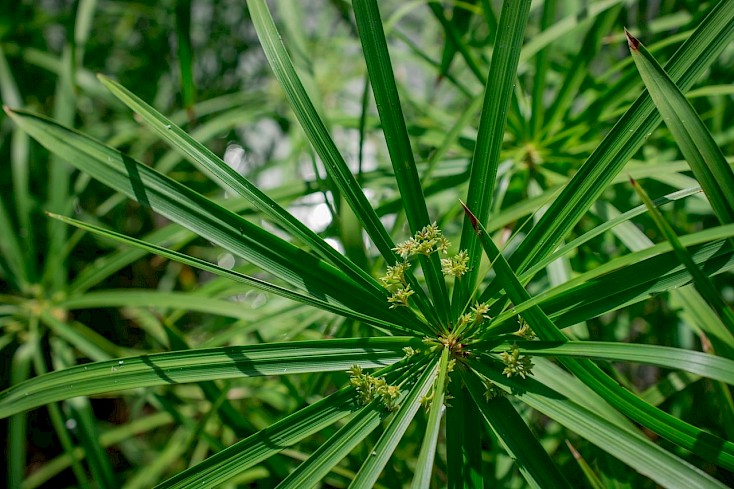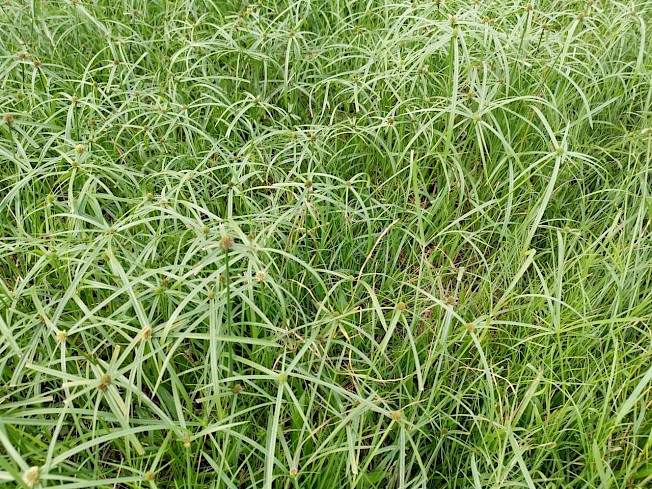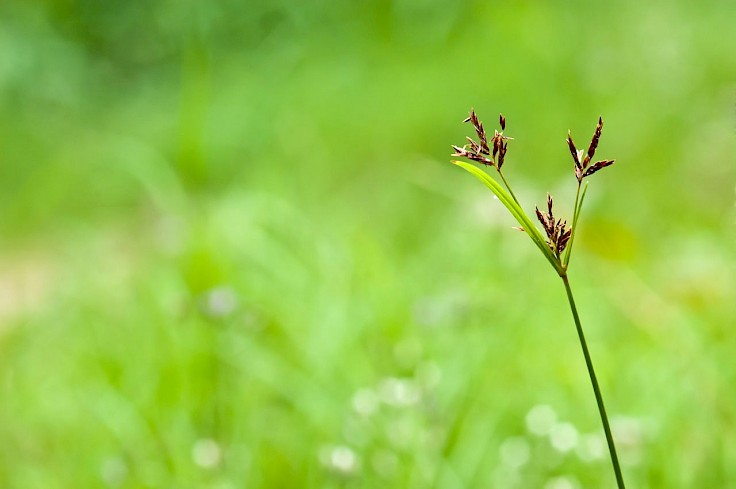I'm busy, detail oriented, cost conscious and highly selective as to whom works in and/or around my home. This is a service based company that actually provides superior service. Don't waste anymore time... call them. ~ a satisfied customer for three years.
How to Tame Nutsedge in Your Phoenix Landscaping

Nutsedge is a tough plant to pull since it grows taller than most grasses, spreads its roots as far as 14 inches and grows rapidly. When ignored, nutsedge can quickly spread over a lawn, smothering even the healthiest grass.
Thankfully, there are several steps you can take to keep your lawn healthy and lush. Mastering the art of identifying nutsedge weeds as opposed to common grass is the first step.
How to Identify Nutsedge
At first, it's easy to mistake perennial nutsedge weeds for grass.
Fortunately, you can easily identify them by checking their height and stem.
-
Nutsedge weeds are taller than grass and have triangular-shaped stems.
-
They also tend to be a bit lighter in color when compared to grass.
-
Their rhizomes, or roots, spread out horizontally to create new sedges and end in little spherical tubers called nutlets.
The yellow nutsedge blossoms are yellowish brown, while the purple nutsedge blossoms are purple-brown. Yellow nutsedge, like its purple sibling, stands out against the turf with its vivid foliage.

How Do I Control Nutsedge in My Yard?
As soon as the nutsedge sprouts in the spring, spray it with an herbicide. Look for one that works on both the seed head and root.
If you mow the grass at the correct height, which is often one of the mower's two highest settings, the grass will eventually overtake the nutsedge.
Another good way to stifle new growth is to cover the weeds with mulch so they can't get any sunlight.
Does Pulling Nutsedge Make It Worse?
Pulling nutsedge by hand only removes the top layer of soil, leaving behind and stimulating the rhizomes and nutlets.
This stimulation hastens the growth habits of the nutsedge, making your weed problem much worse. If you don't remove the weeds in their entirety, the plants will keep coming back to the same place.
This isn't to say, however, that you should never pull nutsedge weeds. Pulling smaller patches of the weeds can be effective. The consistent pulling will eventually weaken the plants to the point where they die.
When dealing with small areas of nutsedge, digging them out may also be an option. Just make sure you dig at least 10” into the soil and at least 8” beyond the circumference of the plant's above ground foliage.

The Best Way to Get Rid of Nutsedge
The best way to get rid of nutsedge is to seek the assistance of a professional who can identify the species in question and then use the herbicide that is most suited to the problem.
Different treatment options may include
-
post-emergence herbicides
-
solarization.
Conclusion
Because it forms rows of tubers 6 to 10 inches under the ground, nutsedge can be tough to eliminate.
These tubers can stay alive for up to 10 years, waiting for the right circumstances to sprout.
Using the right treatment approaches is essential to getting rid of these weeds for good. If you need help with nutsedge, contact Custom Weed & Pest Control today.
